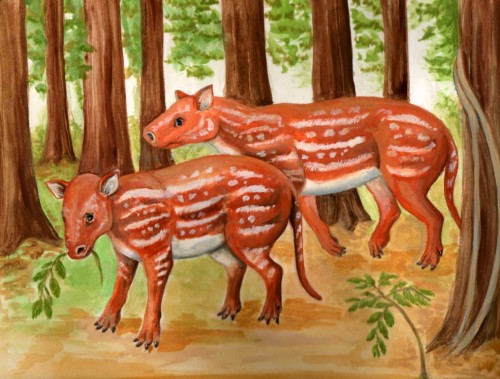A nocturnal moth species, Actias selene, which had become rare and endangered was recently found by a team of researchers in Tiruchirappalli, Tamil Nadu.
The moth was first sighted by enthusiastic school children Mahadevan and Praveen and their headmistress N Geetha of Panchayat Union Elementary School, Kavundampatti, near Mannachanallur. This was in 2012 during the monsoon season. Ashoka Chakkarvarathy, ecologist and teacher of environmental sciences, department of foundation courses, St. Joseph’s College, followed up on this sighting by being on the constant lookout for the species in the region. His efforts bore fruit when it was again sighted in the same school this monsoon.
According to him, this species was found in plenty earlier, but the population of the species has considerably reduced and is a rarity now.
The Indian Moon Moth (Actias selene) is one of the larger varieties of moths belonging to the saturniidae family. The species can produce up to three broods in a year. Habitat loss is believed to be the main reason for the disappearance of the species. The destruction of agricultural land for residential purposes and construction activity has deprived the natural environment for the species.
“Moths migrate because of climate change, to seek food or mud puddling where male butterflies extract minerals and water from the wet soil that they transfer to the females during mating,” said the researcher.
More on the species
There are certain peculiarities about this species, one being the manner in which the males are attracted to the female over distances. The female moths secrete pheromones, a chemical substance released to attract the opposite sex. The males are very sensitive to these pheromones that they can detect from 4 kms to even 11 kms away!
After their life cycle as egg, larva and pupa, the most beautiful stage of life as an adult moth is short lasting about a week. This is the part of their complete life cycle which is primarily used for reproduction. Notably, the moths at this stage do not have a digestive tract and underdeveloped mouth parts as they don’t feed. Most feeding is done during the larva or caterpillar stage of their lives.
More Related Stories,
The Wild Wisdom Quiz Book: Review
Conversation With The Gooty Tarantula
Maharashtra’s Biodiversity Revealed






I had seen similar kind of Moon Moth during my visit to Vaishno Devi Shrine ..
I have a picture of that moth in my mobile and may help you to investigate further about their natural habitat in hilly areas..
Regards ..
Mahesh..
Thanks Mahesh. Yes, do send the photo of the moth to contact@indiasendangered.com It will deifinitely be very valuable.
I also see this near my home
Nice to know that you’d an exciting time with the Indian Moon Moth.
I’m an iNaturalist member from Sikkim. This moth came to our house on Sep 22, 2022. You can check my post on inaturalist.org/drnamgyal04